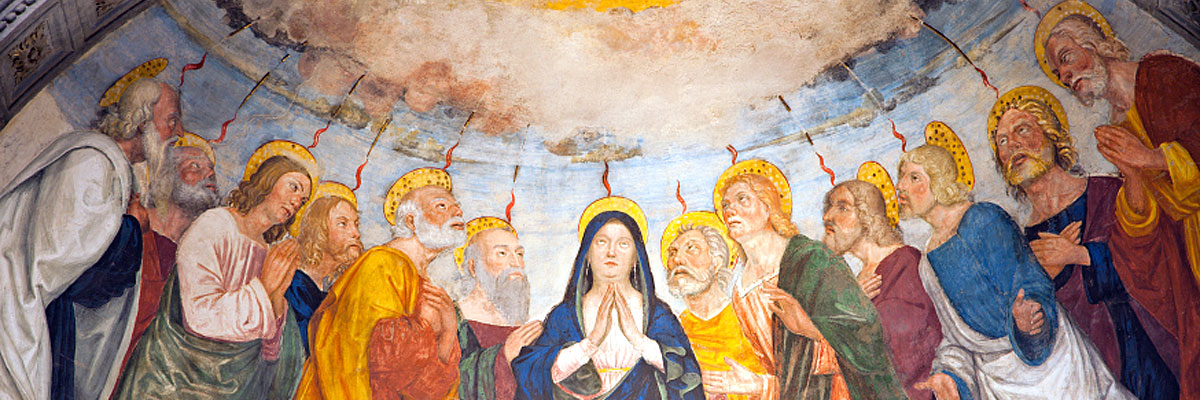
Understanding Our Church
A Treasury of Arkansas Writers Discussing the Catholic Faith
Official Website of the
Catholic Diocese of Little Rock
St. Benedict, father of western monasticism, also miracle worker
Published: November 5, 2022
By Sister M. Glorea Knaggs, OSB
Holy Angels Convent
As a member of the Diocese of Little Rock, you may be fairly well acquainted with St. Benedict, a patron saint of Europe and patron of three religious communities in Arkansas — Holy Angels Convent in Jonesboro, St. Scholastica Monastery in Fort Smith and Subiaco Abbey.
St. Benedict is typically depicted in art holding a crosier, the sign of his abbatial authority; the holy rule he wrote for his monks; and a raven, who was a companion to St Benedict while he prayed in the desert (and who once saved his life by intercepting a poisoned loaf of bread).
St. Gregory admits he couldn’t learn about all of St. Benedict’s miracles, and given St. Benedict’s humility, there were likely many more that went unpublished. But perhaps it is best to recognize that St. Benedict’s miracles flowed from his close relationship with God.
So perhaps St. Benedict evokes images of silent monks praying or working. But have you ever heard St. Benedict called a miracle worker?
Shortly before his passion, Jesus told his disciples in John 14:12, “Very truly I tell you, whoever believes in me will do the works I have been doing, and they will do even greater things than these, because I am going to the Father.”
Even greater things? Could the disciples even begin to imagine what this might mean? In the late fifth century, Jesus’ words were proven true in the life of St. Benedict, the miracle worker. St. Gregory the Great recounts many of these in the second book of his dialogues titled: “The Life and Miracles of St Benedict.”
In the book, St. Gregory recounts stories in which St. Benedict miraculously mends broken objects, raises the dead, heals the sick, drives out an evil spirit, has supernatural knowledge and defies the laws of nature — all with a charitable or holy purpose.
St. Benedict’s first recorded miracle occurred when he was a young boy. His nurse had broken a borrowed tray and was devastated. Moved by her tears, he knelt to pray, and the tray was miraculously restored. Unfortunately, this miracle won him so much praise from the local community that it compelled him to leave his nurse for the solitude of the wilderness.
Perhaps one of the most fascinating miracle stories occurred when one of St. Benedict’s monks walked on water to save a fellow monk. Although St. Benedict did not see young Brother Placid fall into the lake, he had a supernatural awareness that it occurred and immediately sent Brother Maurus to rescue the drowning brother.
Brother Maurus ran across the surface of the lake until he reached Brother Placid and brought him to dry land. The two were dumbfounded, and the brother who was rescued claimed that when he was being pulled from the water, he saw the abbot and thought it was St. Benedict who was saving him.
St. Gregory admits he couldn’t learn about all of St. Benedict’s miracles, and given St. Benedict’s humility, there were likely many more that went unpublished. But perhaps it is best to recognize that St. Benedict’s miracles flowed from his close relationship with God.
St. Benedict exhorted his monks to “prefer nothing whatever to Christ” — a motto adopted by Benedictines all over the world. Perhaps making this a preference for Christ a priority, as St Benedict did, will result in more miracles — the “greater works than these” — and a greater love for God among his people throughout the world.



